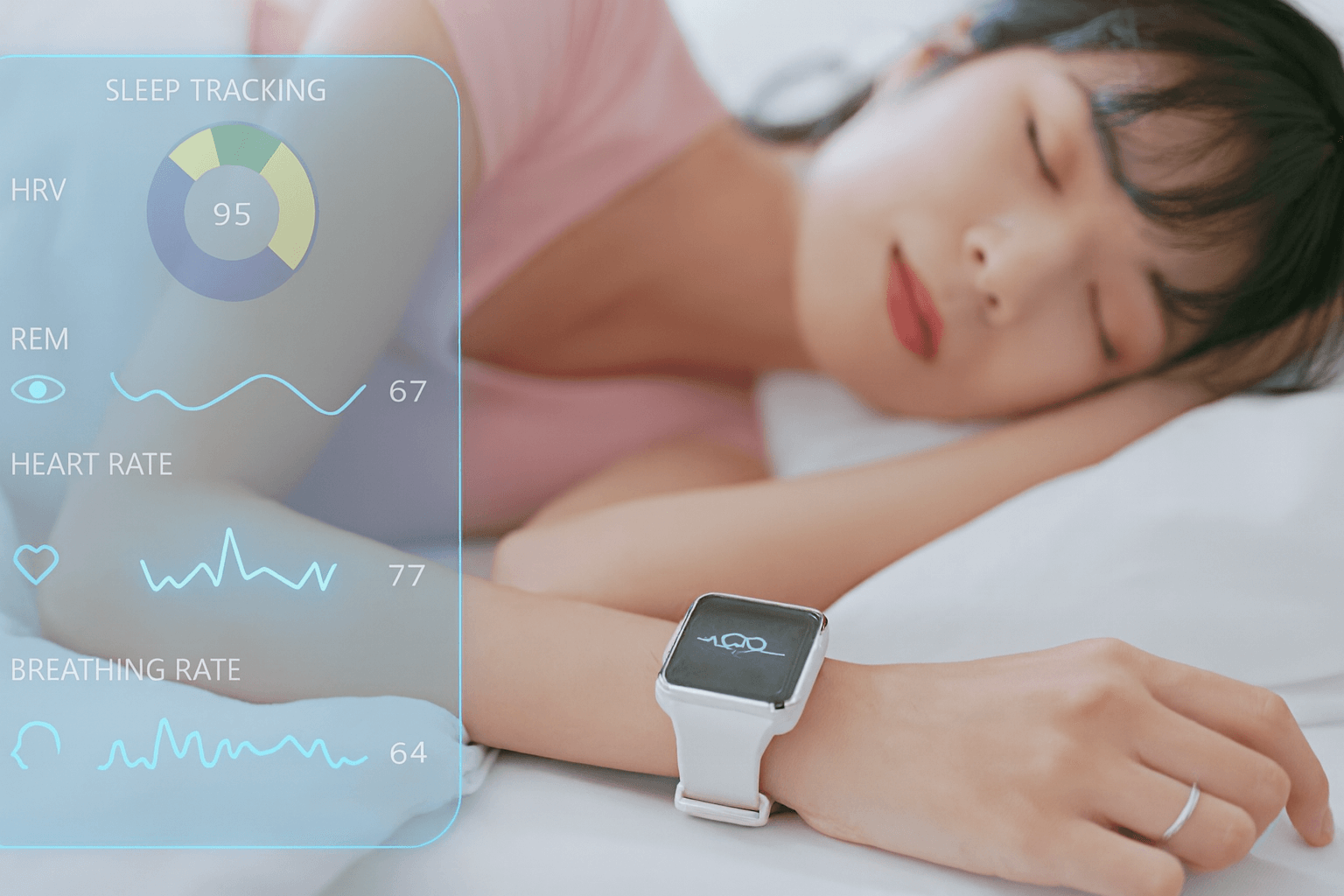Remote Triage Evolution Across Health Systems
Remote triage is reshaping how health systems approach access, efficiency, and patient-centered care. This process gives patients guidance before visiting a clinic or hospital. It helps filter needs, reduce unnecessary visits, and connect people to the right level of care faster. The approach has moved beyond simple phone calls to include secure messaging, video consultations, and integrated platforms that reach patients wherever they are. As healthcare systems face rising demand and limited resources, remote triage offers a sustainable and innovative solution for the future.
Healthcare organizations are changing at an unprecedented pace. Limited staffing and rising patient expectations demand new ways to manage contact points. Remote triage delivers guidance before in-person care, ensuring that the right resources are allocated at the right time. By using technologies like video, secure portals, and data integration, remote triage reduces wait times, lowers the risk of overcrowding, and creates a smoother patient journey. Many systems also find it improves outcomes by reducing missed appointments and catching problems earlier. Rural and underserved areas benefit because remote triage removes the barrier of distance and transportation, making access equitable and more convenient.
How Support Teams Enhance Patient Experiences
Support teams form the backbone of an effective remote triage system. They use structured protocols and evidence-based workflows to ensure patients receive consistent and accurate information. Contact center agents trained in healthcare communication combine empathy with clinical knowledge.

They manage high volumes of calls and messages while keeping interactions personal and clear. This leads to higher first-contact resolution rates and fewer unnecessary visits to clinics or emergency departments.
Health systems can adjust team size to match patient demand. This flexibility reduces stress on clinical staff and maintains high service quality. Patients notice consistency, which builds trust and encourages them to rely on remote services. With quality monitoring and training in place, outcomes continue to improve over time.
Contact center solutions designed for healthcare also provide robust reporting and analytics. They show patterns in patient inquiries, identify bottlenecks, and reveal opportunities for quality improvement. With strong leadership and clear performance metrics, support teams enhance every stage of the patient journey.
Can Remote Triage Replace In Person Visits in the Future
Remote triage already handles many routine healthcare needs. It works best for minor ailments, medication questions, and follow-up care after initial treatment. Patients save time and health systems manage flow more effectively. However, it does not fully replace in-person visits. Physical exams, diagnostics, and procedures still require face-to-face interaction. Integrating remote triage with existing health systems is key. Coordinating between remote agents and clinical teams ensures timely escalation and continuity of care.
A partner example is Care Agent BPO. By managing data, follow-up, and patient communication, it extends the reach of remote triage and strengthens quality and safety. Research from the U.S. Department of Veterans Affairs shows telephone-based remote triage resolves many cases at first contact but does not always reduce emergency visits. This highlights the importance of careful planning and ongoing evaluation. By continually measuring outcomes and adjusting protocols, health systems can expand the role of remote triage while safeguarding patient safety.
Remote triage also fits into broader services strategies that prioritize preventive care. By handling early-stage issues remotely, health systems can focus in-person resources on complex or urgent cases. This balance improves both patient care and operational efficiency.
Integrating Clinical Coordination for Sustainable Results
Smooth integration between support teams and clinical staff makes remote triage sustainable. Advanced technology platforms and shared workflows let patient information move seamlessly across the system. This prevents gaps, delays, and duplication. Support teams handle scheduling, reminders, and patient education, while clinical coordination agents track outcomes and escalate complex cases quickly. Together they maintain continuity of care at every point of contact.

Having complete patient information improves decision-making and speeds up response times. Patients benefit from consistent and timely care, which builds long-term trust. Strong integration also creates valuable data for quality improvement initiatives, resource planning, and policy decisions. When health systems invest in training and cross-functional collaboration, remote triage becomes more than a temporary fix. It becomes a core service that supports the entire care continuum.
Clinical coordination further enhances patient care by ensuring follow-ups happen as planned. Missed appointments and overlooked test results drop significantly when systems coordinate properly. Over time, these improvements build a culture of reliability and excellence in patient care.
Patient Experience as a Driver of Remote Triage Success
Patient experience drives success in any remote triage program. Agents trained in empathy, plain language, and cultural sensitivity help patients feel heard and respected. This approach encourages people to use remote services more often and follow recommendations. Transparency also matters. Patients need clear expectations about timelines, follow-up steps, and escalation pathways. When expectations match reality, satisfaction rises.

Research confirms that patients are more likely to follow medical advice when they feel informed and supported. Active listening and clear explanations improve adherence and outcomes. The next stage of remote triage involves artificial intelligence, predictive analytics, and multilingual support. External research supports these shifts. Visit https://www.hsrd.research.va.gov/publications/esp/remote-triage.pdf to read a government review of remote triage effectiveness. This resource highlights the importance of structured approaches and quality oversight. By combining technology with human support, health systems can create a seamless experience that meets modern patient needs.
Healthcare innovation continues to push remote triage beyond basic call centers. Integrating wearable device data, predictive risk scoring, and automated patient reminders can deepen the quality of care. These innovations also empower support teams to act earlier and with more precision.
Connecting with Our Team for Better Outcomes
If you are ready to create stronger patient outcomes with remote triage, this is the moment to act. Our team can help design strategies that integrate remote triage into your current system. We review your processes, recommend new technologies, and train staff for long-term success. Reach out today to see how our expertise can create a high-performing model that patients trust and providers value. Together we can build a healthcare future that is more accessible, efficient, and focused on the patient.
Our approach draws from proven models of clinical coordination and support teams. By partnering with healthcare outsourcing experts, you gain the infrastructure and experience needed to scale. With the right mix of contact center solutions, patient experience best practices, and clinical coordination, remote triage can evolve from a side service into a cornerstone of patient care.
This call to action is not just an invitation but a roadmap for transformation. By acting now, you position your organization ahead of the curve. As patient expectations grow and technology advances, those who invest early in remote triage will lead the field in access, quality, and innovation.
